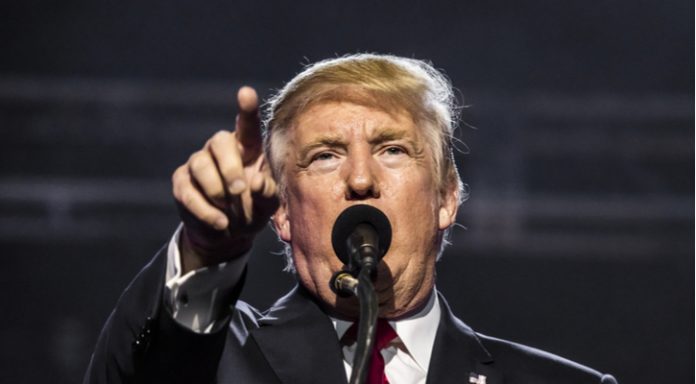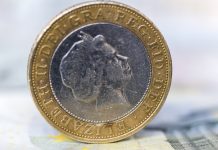The euro US dollar slid below $1.10 in early trade on Wednesday, as the dollar rebounded. The euro US dollar exchange rate hit a low of US$1.0989 as it gives back the gains from the previous session.
The euro failed to hold on to Tuesday’s gains following a slight improvement in the German IFO sentiment index, from 94.3 to 94.6. The modest improvement was overshadowed by an unexpected decline in business expectations.
The data comes following dismal German PMI figures earlier in the week and as market participants and businesses alike are growing increasingly convinced that Germany is heading towards a recession. The prospect of Europe’s largest economy entering a recession is weighing on the value of the euro. Investors and the European Central Bank (ECB) fear that the economic slowdown could quickly spread across Europe. The ECB, which has already eased monetary policy this month and may need to act again to shore up the eurozone economy.
| Why do interest rate cuts drag on a currency’s value? |
| Interest rates are key to understanding exchange rate movements. Those who have large sums of money to invest want the highest return on their investments. Lower interest rate environments tend to offer lower yields. So, if the interest rate or at least the interest rate expectation of a country is relatively lower compared to another, then foreign investors look to pull their capital out and invest elsewhere. Large corporations and investors sell out of local currency to invest elsewhere. More local currency is available as the demand of that currency declines, dragging the value lower. |
With no further eurozone data out today investors will look towards tomorrow’s European Central Bank Bulletin report.
Trump, Trade & US GDP
After dropping heavily in the previous session, the dollar has rebounded in early trade on Wednesday. Investors continue to weigh up the deepening political gridlock in Washington and US — Sino trade dispute developments.
Trump’s criticism of China’s trading practises in his United Nations speech on Tuesday, sparked concerns that relations between US and China were deteriorating. However, China’a announcement that they will buy more US pork as a goodwill gesture prior to next week’s trade talks has eased those concerns.
Looking ahead dollar investors will remain vigilant on any progress of the recently requested impeachment investigation into President Trump. US House speaker Nancy Pelosi launched the enquiry as the scandal with President Trump’s phone call with the Ukraine President deepens. As any evidence comes to light, the dollar could experience volatility as domestic political risk and uncertainty pick up.
There are a few second-tier economic data releases today. However, investors will be looking towards tomorrow’s US GDP release. Analysts are expecting that the US economy grew at 2% quarter on quarter in the final revision. This a slight slowdown from the initial release, which was 2.1% and slower than GDP growth in the first quarter, which was 3.1%. Weak data could drag on the value of the dollar.
| Why does poor economic data drag on a country’s currency? |
| Slowing economic indicators point to a slowing economy. Weak economies have weaker currencies because institutions look to reduce investments in countries where growth prospects are low and then transfer money to countries with higher growth prospects. These institutions sell out of their investment and the local currency, thus increasing supply of the currency and pushing down the money’s worth. So, when a country or region has poor economic news, the value of the currency tends to fall. |
| What do these figures mean? |
| When measuring the value of a pair of currencies, one set equals 1 unit and the other shows the current equivalent. As the market moves, the amount will vary from minute to minute.
For example, it could be written: 1 EUR = 1.12829 USD Here, €1 is equivalent to approximately $1.13. This specifically measures the euro’s worth against the dollar. If the U.S. dollar amount increases in this pairing, it’s positive for the euro. Or, if you were looking at it the other way around: 1 USD = 0.88789 EUR In this example, $1 is equivalent to approximately €0.89. This measures the U.S. dollar’s worth versus the euro. If the euro number gets larger, it’s good news for the dollar. |





